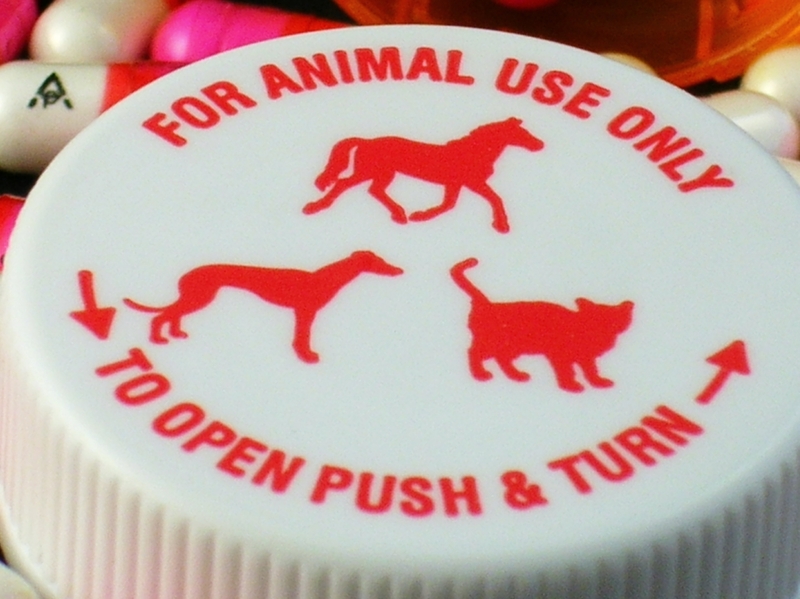How to Move House with Furry Friends
Posted on 27/09/2024
Moving house is a stressful event for everyone involved, but when you add furry friends to the mix, the complexity increases. Pets are sensitive to changes in their environment and can become anxious during the moving process. This comprehensive guide will help you navigate the challenges of moving with pets, ensuring a smoother transition for everyone.
1. Plan Ahead
Proper planning is crucial when moving with pets. Start by creating a moving checklist that includes tasks specific to your pets, such as updating their ID tags, acquiring new pet supplies, and finding a new veterinarian if necessary. Consider scheduling a pre-move visit to the new home to let your pets explore and get acquainted with the new environment.

2. Maintain Routine
Pets thrive on routine and familiar surroundings. Try to keep their daily schedule as consistent as possible leading up to the move. Stick to regular feeding times, walks, and playtime. This will help minimize their stress and anxiety.
3. Pack Gradually
Avoid sudden changes in your home environment by packing gradually. Start with items that your pets are less attached to, and leave their favorite toys, beds, and blankets until the last minute. This gradual approach will help them adjust to the changes without feeling overwhelmed.
4. Create a Safe Space
Designate a room or area in your current home as a safe space for your pets during the moving process. This space should contain their familiar items, such as beds, blankets, and toys. On moving day, keep them in this safe space to reduce their exposure to the chaos and commotion.
5. Transport with Care
On moving day, ensure that your pets are transported safely and comfortably. Use a sturdy, well-ventilated pet carrier or crate for smaller pets. For larger pets, secure them with a seatbelt harness in the car. Consider taking breaks during the journey to allow your pets to stretch and relieve themselves.
6. Settle Them In
Upon arrival at your new home, set up a designated safe space for your pets. This space should include their familiar items to provide a sense of comfort and security. Gradually introduce them to other areas of the house once they seem comfortable.
7. Monitor Their Behavior
Keep a close eye on your pets during and after the move. Look for signs of stress or anxiety, such as changes in appetite, excessive grooming, or hiding. If you notice any concerning behavior, consult your veterinarian for advice on how to help them adjust.
8. Explore the New Neighborhood
Take your pets on short walks around the new neighborhood to help them become familiar with their new surroundings. Pay attention to their body language and adjust the pace accordingly. Gradual, positive exposure to the new environment will help them feel more at ease.
Pros and Cons of Moving with Pets
Pros:
- Companionship: Pets provide comfort and companionship during the stressful moving process.
- Routine: Maintaining your pets' routine can help establish a sense of normalcy amidst the chaos.
- Exercise: Moving provides opportunities for regular walks and playtime with your pets.
Cons:
- Anxiety: Pets can experience stress and anxiety during the move, which may require extra attention and care.
- Logistics: Coordinating pet transportation and ensuring their safety adds complexity to the moving process.
- Settling In: Pets may take time to adjust to the new environment, which can impact their behavior and well-being.
Tips for a Smooth Move
- Keep their favorite items nearby for comfort.
- Update ID tags and microchip information with your new address.
- Gradually introduce pets to their new environment.
- Consult your veterinarian for calming solutions if needed.

Takeaways
Moving with pets requires careful planning, patience, and attention to their needs. Preparing in advance, maintaining routines, and providing a safe space can help ease their transition. Monitor their behavior, consult your veterinarian if necessary, and gradually introduce them to their new home.
Conclusion
Moving house with furry friends can be a challenging yet rewarding experience. By planning ahead, maintaining routines, and providing a secure environment, you can help your pets adjust to the move with minimal stress. Remember to monitor their behavior and seek professional advice if needed. With the right approach, you and your furry companions can enjoy a smooth transition to your new home.














